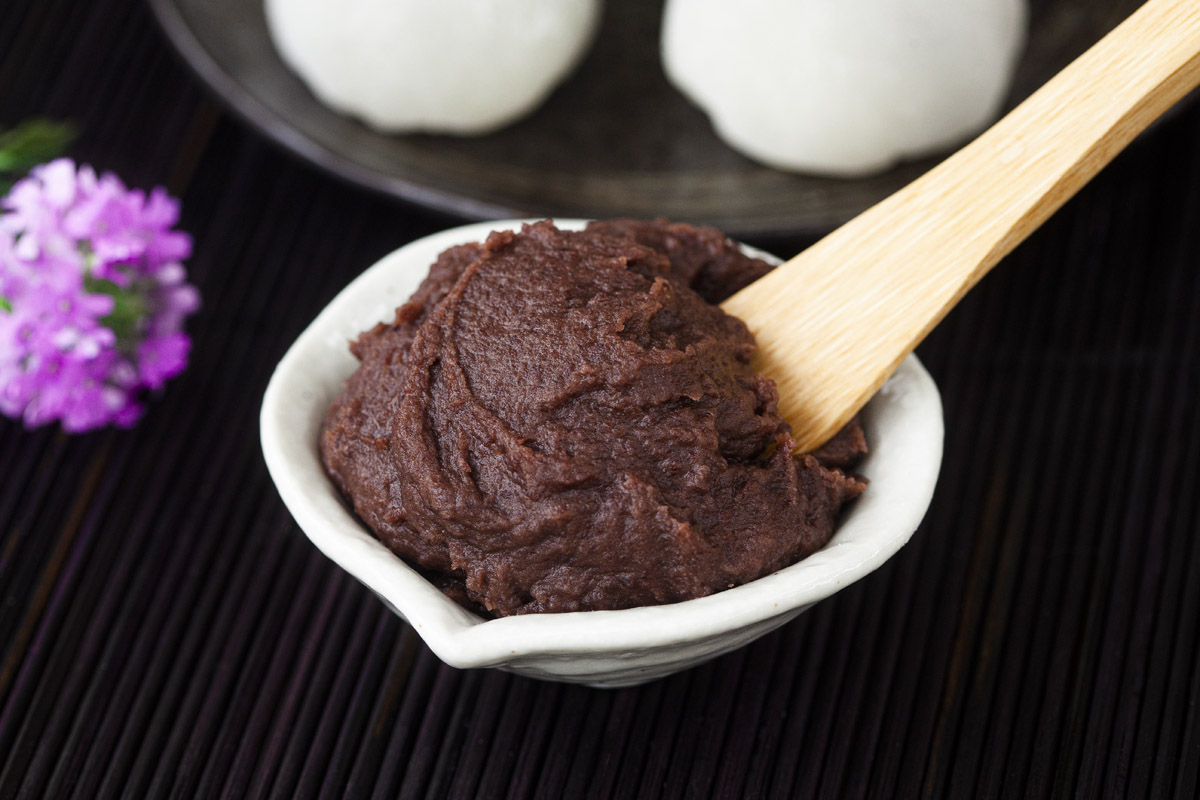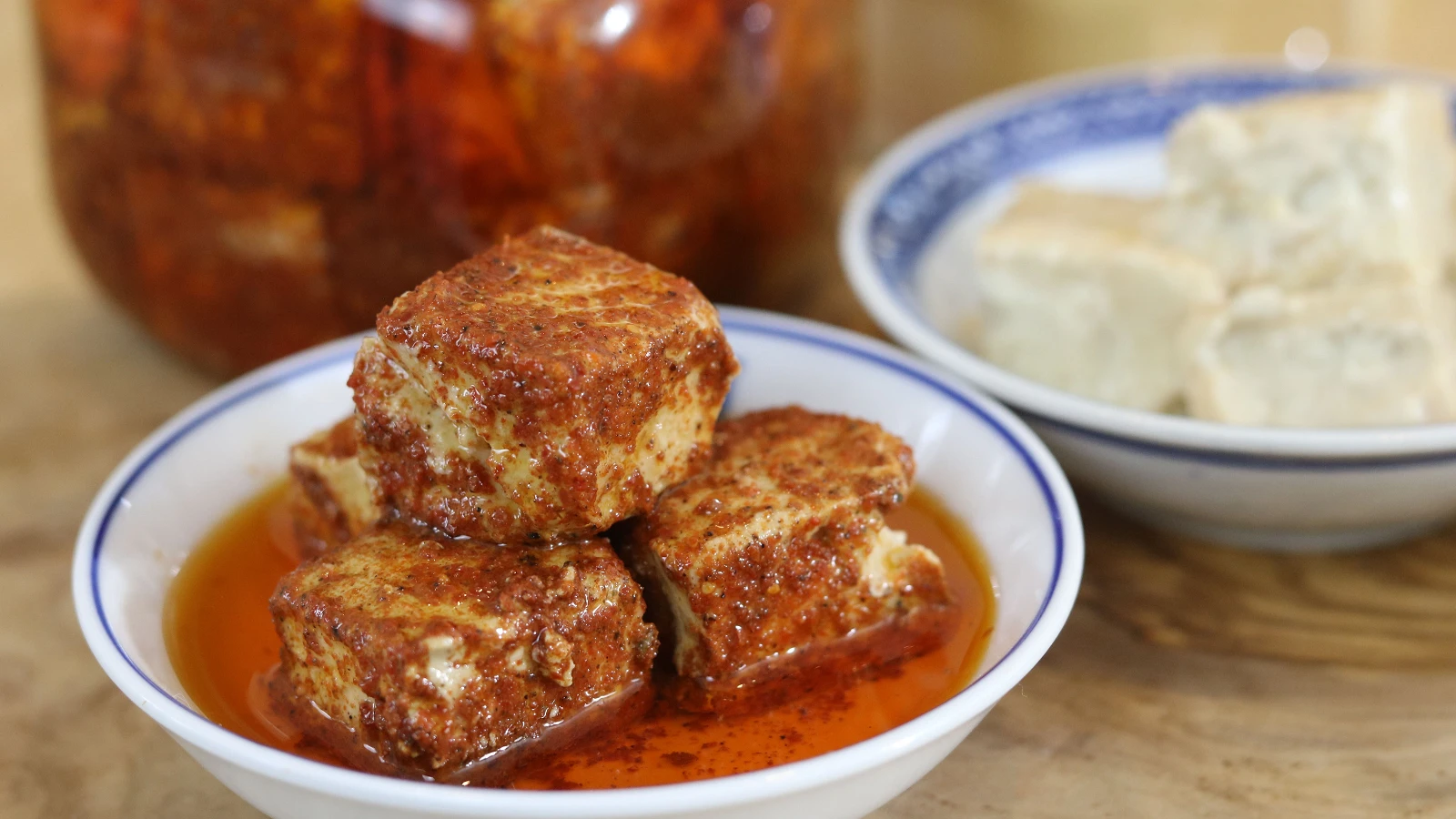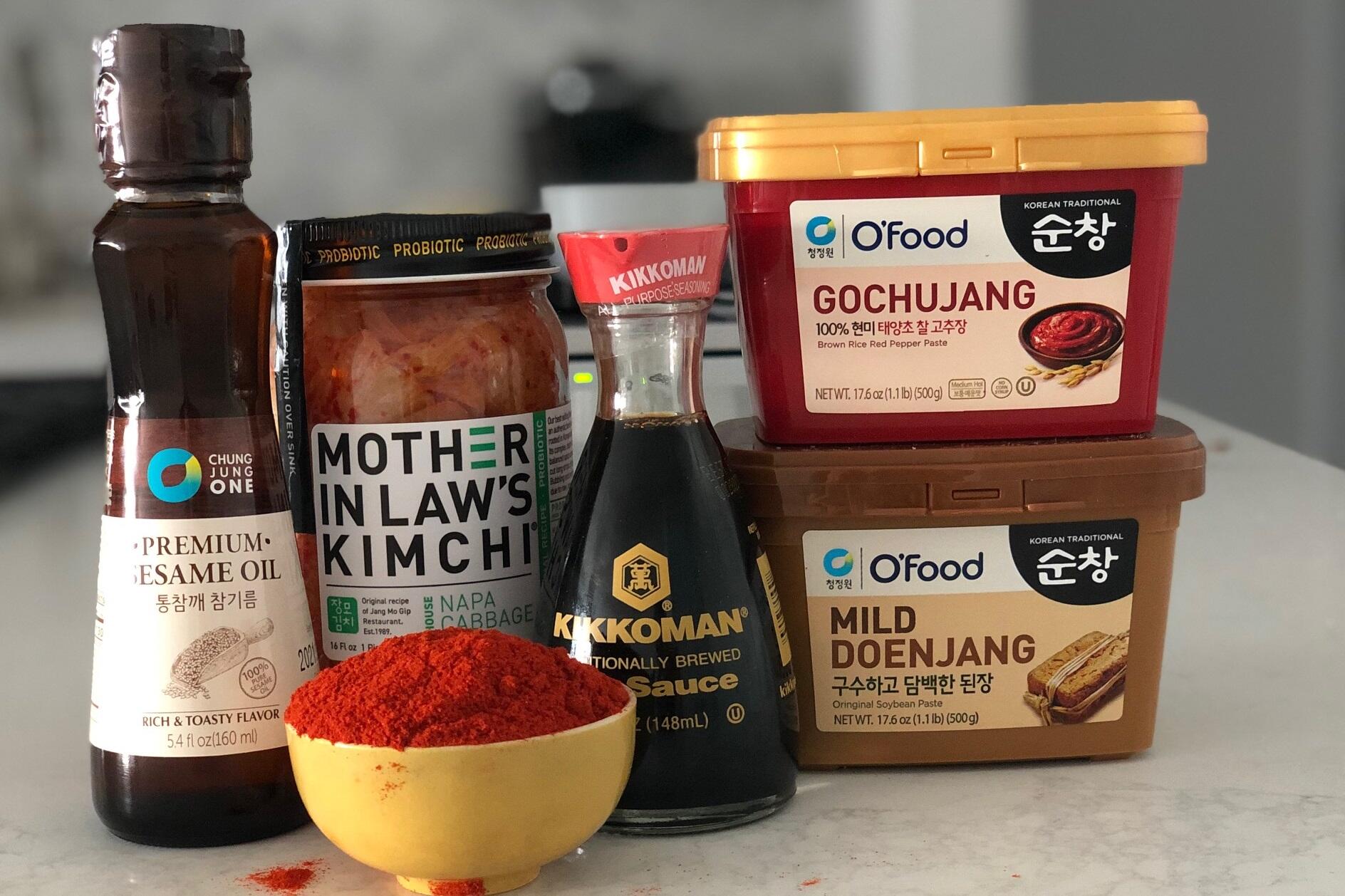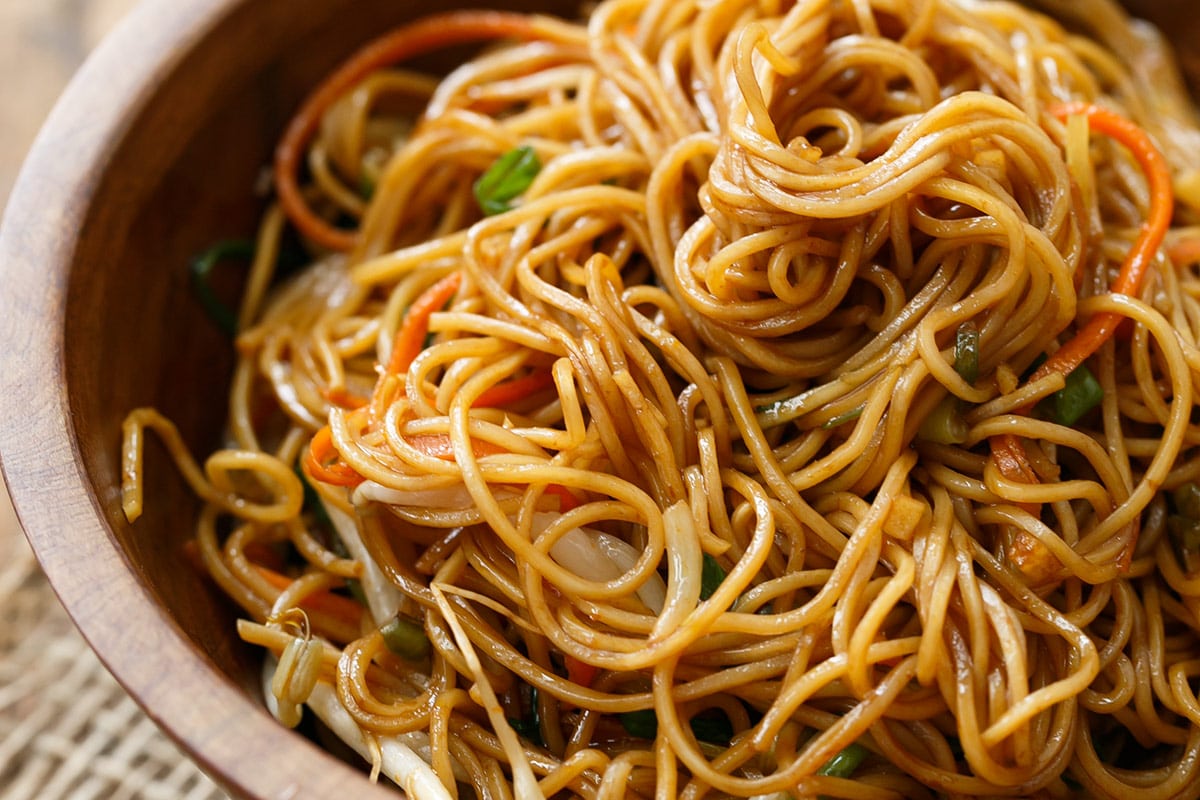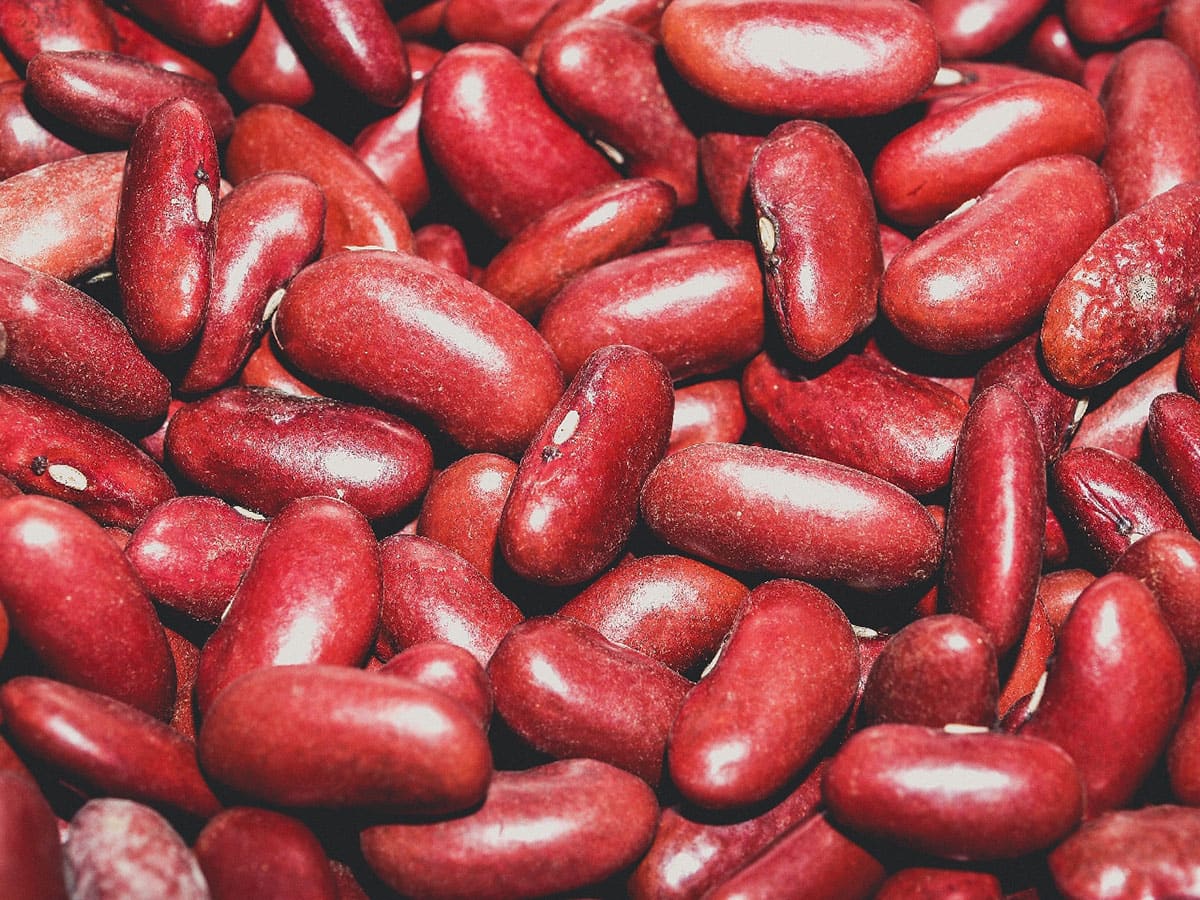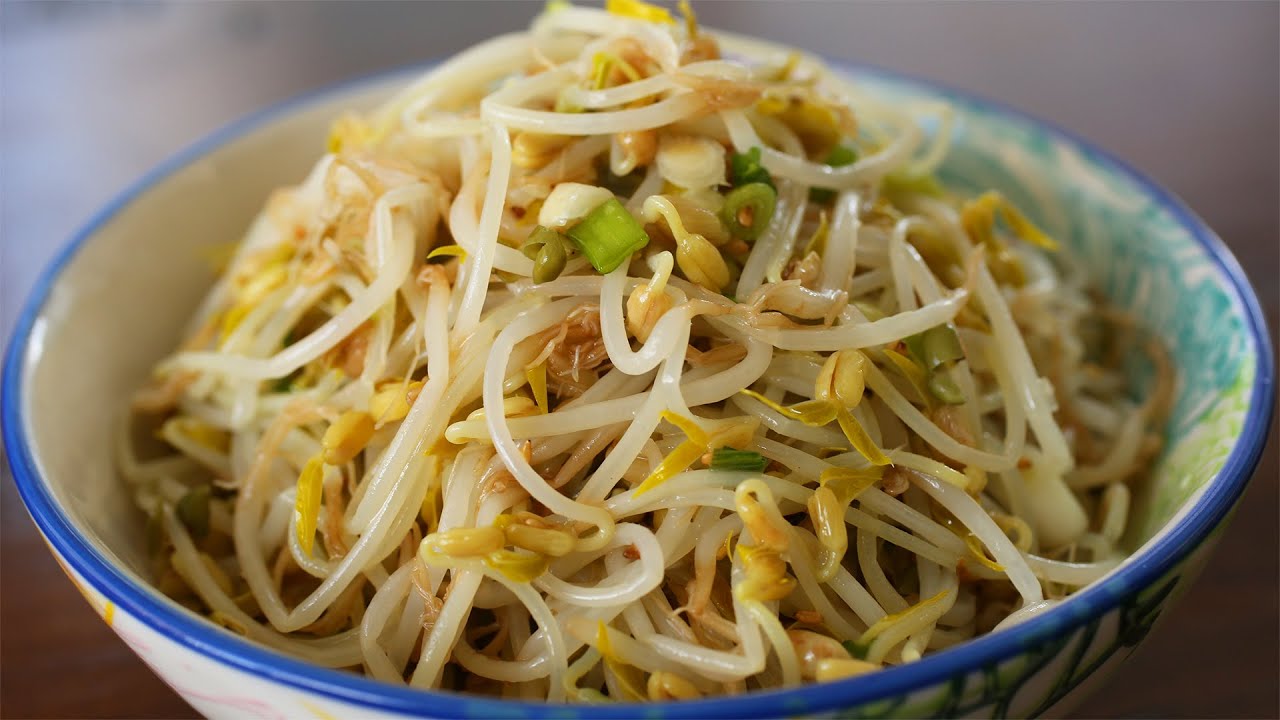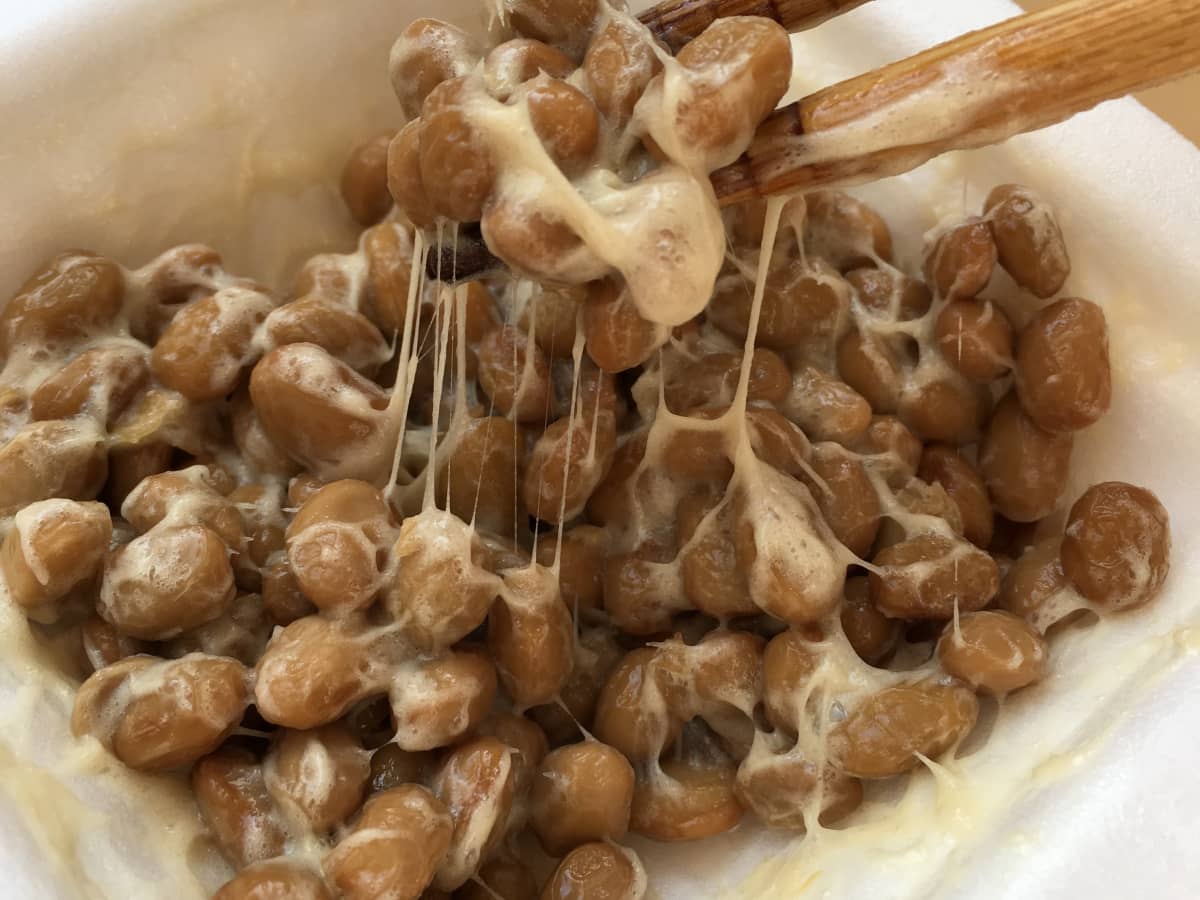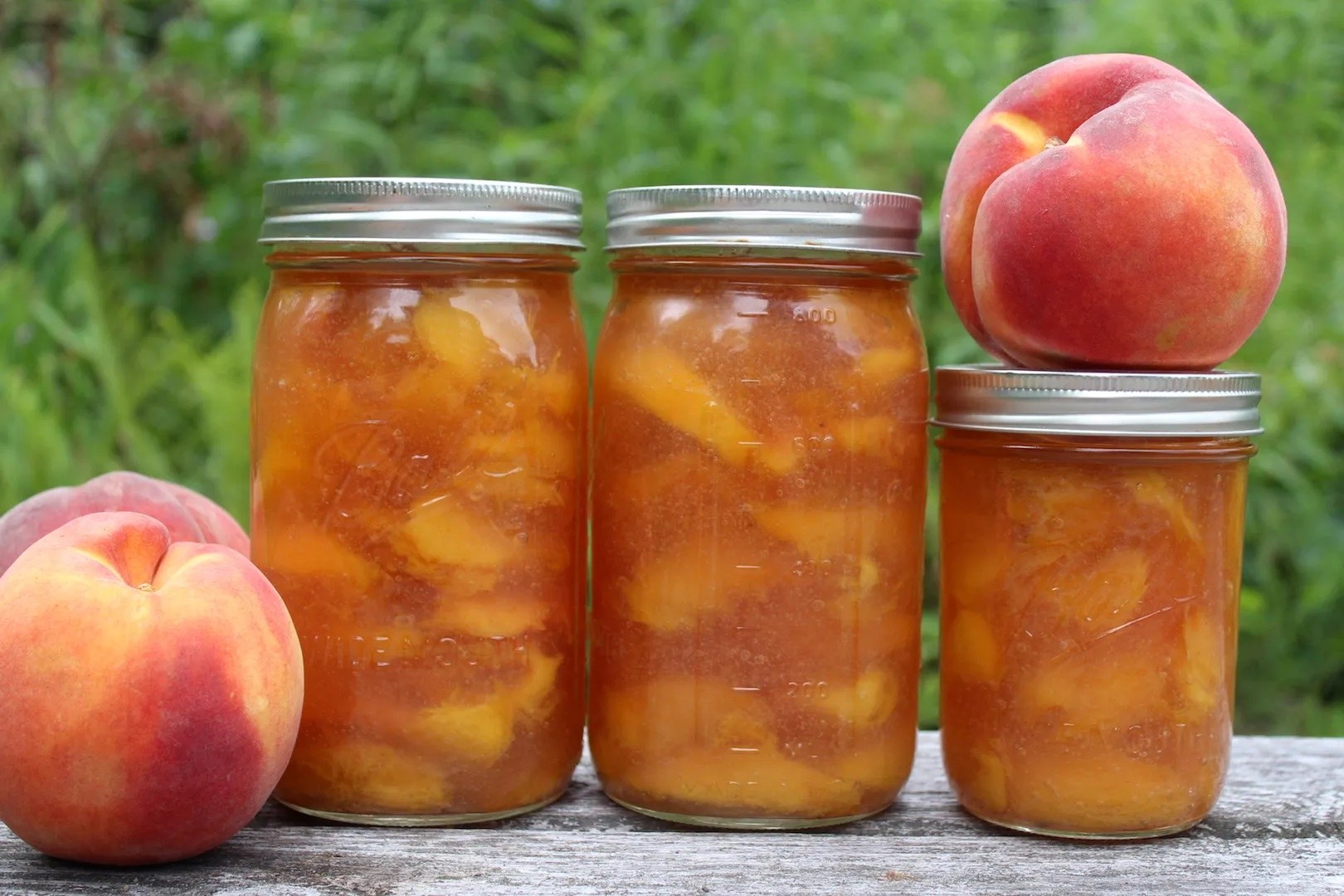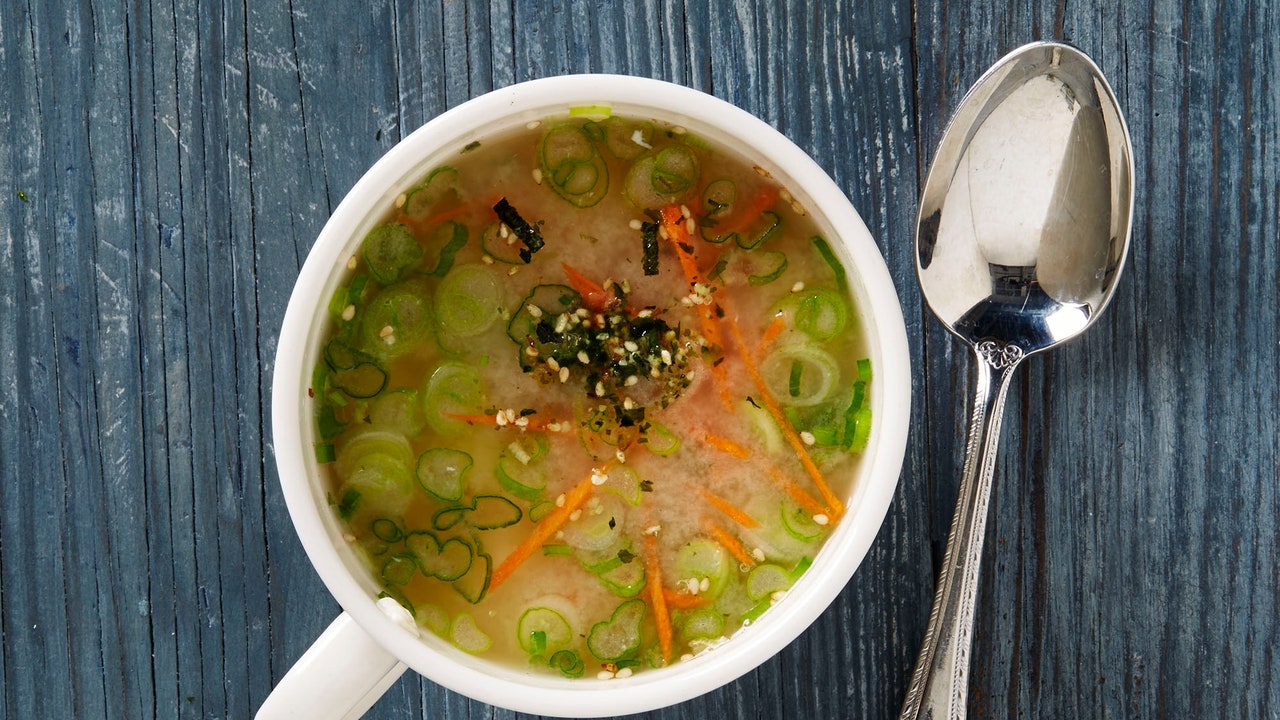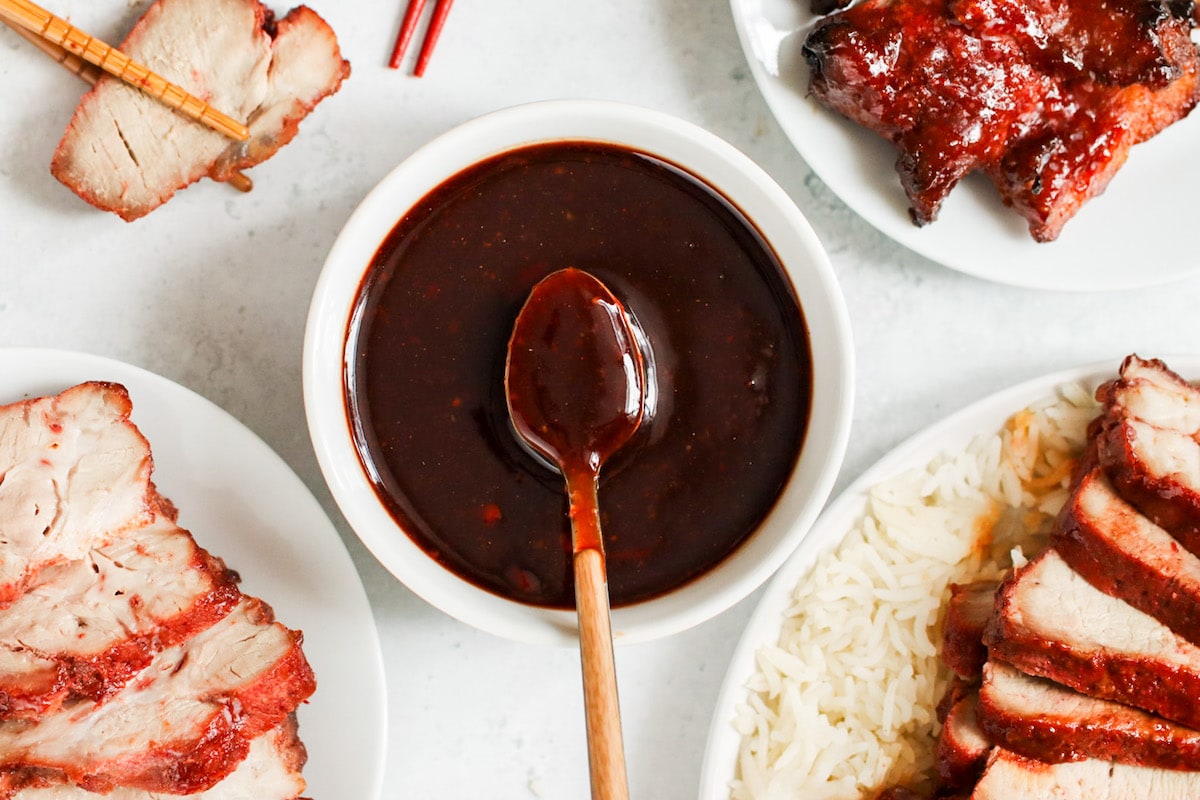Fermented bean pastes, like miso and doenjang, bring rich, umami flavors to dishes. These pastes, made from soybeans, offer a depth that transforms simple recipes into gourmet meals. From soups to marinades, they provide endless culinary possibilities. Imagine adding a spoonful to your stir-fry or mixing it into salad dressings for a savory kick. Even desserts can benefit from their unique taste. Whether you’re a seasoned cook or just starting, experimenting with fermented bean pastes can elevate your cooking game. Ready to explore some innovative ways to use these flavorful ingredients? Let’s dive into some delicious ideas.
Essential Ingredients for Your Culinary Adventure
Ingredients
-
Miso Paste
- White miso
- Red miso
-
Doenjang
- Korean soybean paste
-
Gochujang
- Korean chili paste
-
Soy Sauce
- Light soy sauce
- Dark soy sauce
-
Tamari
- Gluten-free soy sauce
-
Natto
- Fermented soybeans
-
Fermented Black Beans
- Douchi
-
Seasonings
- Garlic
- Ginger
- Green onions
- Sesame oil
- Rice vinegar
- Sugar
- Salt
- Pepper
-
Vegetables
- Carrots
- Bell peppers
- Spinach
- Mushrooms
- Bok choy
-
Proteins
- Tofu
- Chicken
- Beef
- Pork
-
Grains
- Rice
- Noodles
-
Broths
- Chicken broth
- Vegetable broth
Tools You Will Need for This Recipe
- Chef's Knife
- Cutting Board
- Mixing Bowls
- Measuring Cups and Spoons
- Skillet or Wok
- Spatula
- Whisk
- Food Processor (optional for making homemade pastes)
- Saucepan
- Wooden Spoon
- Blender (optional for smoother sauces)
- Baking Sheet (for oven-based recipes)
- Parchment Paper (for easier cleanup with baking)
- Grater (for adding fresh zest or spices)
- Peeler (if incorporating fresh vegetables)
Fermented bean pastes, rich in umami, transform dishes with depth and complexity. Experiment by adding small amounts to soups, marinades, or sauces, enhancing flavors without overpowering the original dish.
Why This Recipe Is a Must-Try
Fermented bean pastes like miso and doenjang add umami to dishes, enhancing flavors. They also offer health benefits such as probiotics for gut health. Using these pastes in cooking can reduce sodium intake while providing a rich taste. Their versatility makes them perfect for various cuisines.
Step-by-Step Guide to Making Innovative Ways to Cook with Fermented Bean Pastes
-
Select Your Fermented Bean Paste: Begin with choosing a fermented bean paste. Options include miso, doenjang, and tempeh. Each offers unique flavors and health benefits.
-
Marinate Proteins: Use fermented bean paste to marinate meats or tofu. Combine paste with ingredients like garlic, ginger, and sesame oil. Allow protein to marinate for several hours or overnight to infuse flavors deeply.
-
Enhance Vegetable Dishes: Stir a spoonful of fermented bean paste into vegetable stir-fries or stews. It adds depth and umami, elevating simple dishes to new heights.
-
Create Savory Sauces: Mix fermented bean paste with ingredients such as vinegar, sugar, and chili flakes to craft savory sauces. Perfect for dipping or drizzling over dishes.
-
Boost Soups and Broths: Stir fermented bean paste into soups or broths for an instant flavor boost. It dissolves easily, enriching the liquid with complex flavors.
-
Season Rice and Noodles: Mix a small amount of fermented bean paste into cooked rice or noodles. It provides a subtle, savory undertone that complements various toppings.
-
Prepare Salad Dressings: Whisk fermented bean paste with olive oil, lemon juice, and honey to create unique salad dressings. It adds a tangy, umami-rich layer to fresh salads.
-
Make Innovative Spreads: Combine fermented bean paste with softened butter or cream cheese. Spread on toast or crackers for a quick, flavorful snack.
-
Enhance Baked Goods: Incorporate a small amount of fermented bean paste into dough for bread or savory pastries. It adds a mild, intriguing flavor twist.
-
Craft Homemade Condiments: Blend fermented bean paste with mayonnaise or ketchup. Use these enhanced condiments to add a zesty kick to sandwiches and burgers.
-
Experiment with Desserts: For adventurous cooks, add a hint of fermented bean paste to chocolate-based desserts. It can intensify the chocolate flavor, adding a surprising depth.
-
Preserve with Bean Paste: Use fermented bean paste as a preservative layer for pickling vegetables. Its natural fermentation process can contribute to the pickling liquid, offering a unique taste profile.
-
Innovate with Cocktails: Mix a small amount of fermented bean paste into savory cocktails. It introduces an umami element that pairs well with tomato or vegetable juices.
Bringing Fermented Bean Pastes to Your Kitchen
Fermented bean pastes can transform your cooking. These versatile ingredients add depth, umami, and complexity to dishes. Whether you're using miso, doenjang, or doubanjiang, each paste brings unique flavors. Try adding miso to soups or marinades for a savory kick. Doenjang works wonders in stews and stir-fries, giving them a rich, earthy taste. Doubanjiang can spice up your sauces and braises with its bold, spicy profile.
Experimenting with these pastes can elevate everyday meals. Don't be afraid to mix and match, finding what works best for your palate. Incorporating fermented bean pastes into your recipes not only enhances flavor but also adds nutritional benefits like probiotics. So, grab a jar, get creative, and let these pastes bring new life to your kitchen adventures. Happy cooking!
Frequently Asked Questions About Innovative Ways to Cook with Fermented Bean Pastes
What are fermented bean pastes, and why should I use them in my cooking?
Fermented bean pastes come from soybeans that have been broken down by microorganisms, creating rich, complex flavors. They're a staple in many Asian cuisines, offering a unique depth and umami kick to dishes. Using them can transform simple ingredients into something extraordinary, adding layers of flavor with minimal effort.
How do I choose the right fermented bean paste for my recipe?
Your choice depends on the flavor profile you're aiming for. Miso, with its range from sweet to salty, is versatile for soups, marinades, and dressings. Doenjang brings a robust, earthy taste, perfect for stews and dipping sauces. Gochujang adds spicy, sweet notes, ideal for Korean dishes like bibimbap. Experiment to find which paste best complements your dish.
Can I make my own fermented bean paste at home?
Absolutely! Making fermented bean paste at home requires patience and a few ingredients, mainly soybeans, salt, and a fermenting agent like koji for miso. The process involves cooking, mashing, and fermenting the beans for several months. It's a rewarding project that lets you control the flavor and intensity of your paste.
What's the best way to store fermented bean pastes?
Keeping them in an airtight container in the refrigerator is key. Properly stored, fermented bean pastes can last for months, even years, without losing their potency. Ensure they're well sealed to prevent them from absorbing other flavors from your fridge.
How can I incorporate fermented bean pastes into my everyday cooking?
Start by adding small amounts to soups, stews, or sauces for an umami boost. Miso can be whisked into salad dressings or marinades. Doenjang works wonders in vegetable stir-fries or mixed into burger patties. Gochujang is great for spicy noodle dishes or as a base for Korean-style BBQ sauce. Their versatility knows no bounds!
Are there any health benefits to using fermented bean pastes?
Yes, fermented bean pastes are packed with probiotics, essential for gut health. They're also rich in vitamins and minerals, contributing to a balanced diet. However, they can be high in sodium, so it's wise to use them in moderation, especially if you're watching your salt intake.
Can fermented bean pastes be used in vegetarian and vegan cooking?
They're a boon for plant-based diets, offering a savory depth that can mimic the complexity of meat-based dishes. Whether you're whipping up a veggie stew or a marinade for tofu, fermented bean pastes add that much-needed umami flavor, making them a must-have in vegetarian and vegan kitchens.
